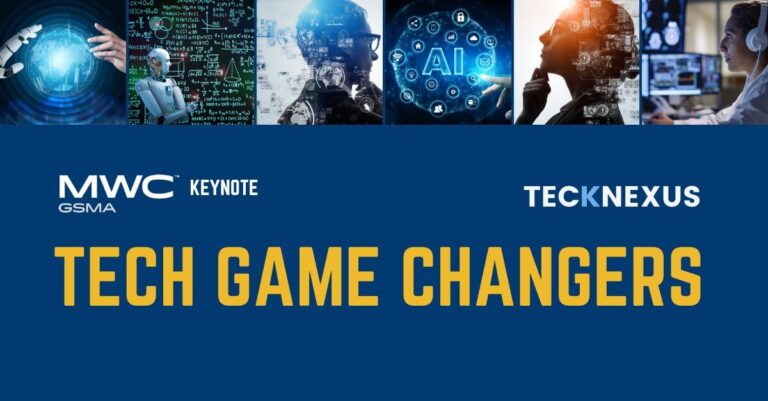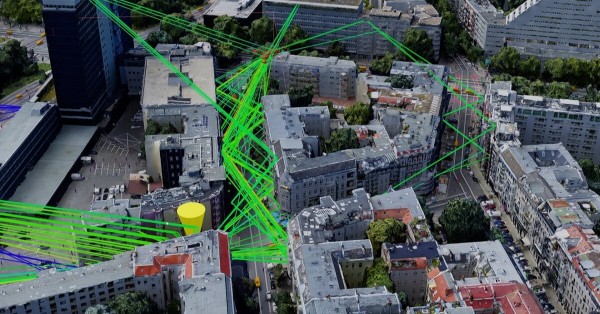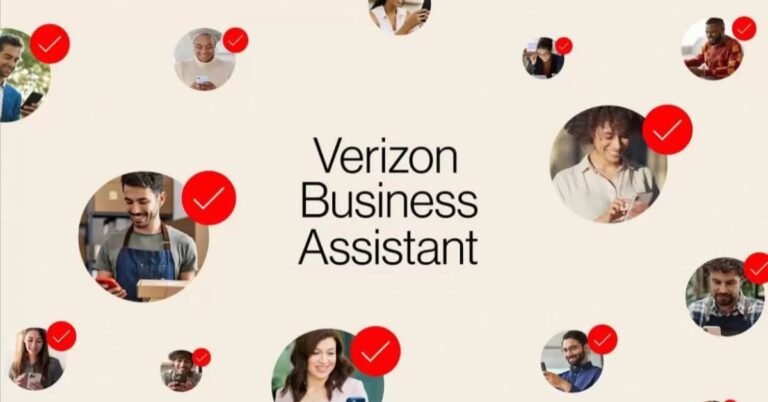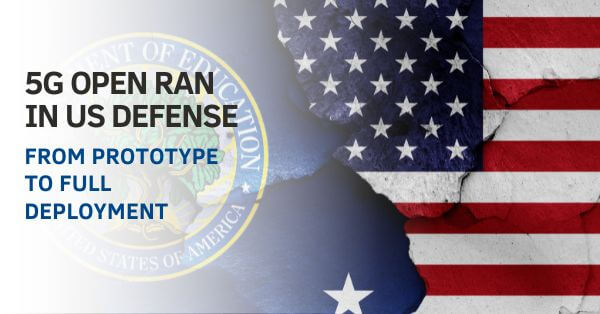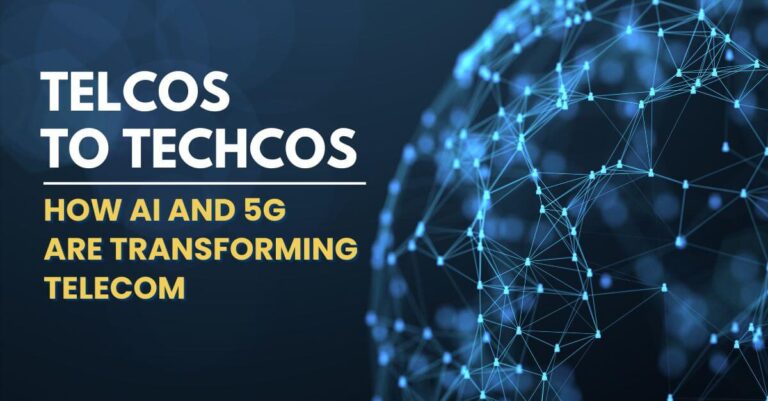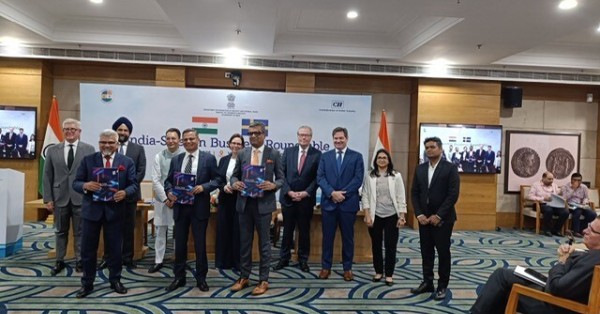Tech Game Changers: How AI, Robotics, and Innovation Are Reshaping the Future
Join some of the most influential tech visionaries shaping our future as they share exclusive insights into the groundbreaking innovations transforming our world. From healthcare and manufacturing to AI and hardware, industry leaders are redefining technology in their fields.
Presentation & Fireside Chats
The Collaborative Future: Humans and Machines at Work
- Speaker: Peggy Johnson, CEO, Agility Robotics
- Moderated by: Nicholas Johnston, Publisher, Axios
- Peggy Johnson unveils Agility Robotics’ pioneering approach to human-robot collaboration and showcases Digit, their cutting-edge humanoid robot transforming warehouse operations through Robots-as-a-Service (RaaS).
Smarter Technology for All
-
- Speaker: Yuanqing Yang, Chairman & CEO, Lenovo
- Under Yang’s leadership, Lenovo has evolved into a $62 billion global tech powerhouse. His presentation highlights AI-enabled, AI-ready, and AI-optimized smart devices, infrastructure, and solutions.
Intention Is All You Need
- Speaker: Naveen Rao, Chief AI Officer, Databricks
- Rao explores Jevon’s Paradox and how dropping AI costs, combined with Mosaic’s Law, are reshaping AI adoption. However, the biggest hurdle remains user interfaces (UI), which need to evolve to unlock AI’s full potential.
The Future of AI
- Speaker: Arthur Mensch, CEO, Mistral AI
- Moderated by: Arjun Kharpal, CNBC
- Mensch discusses Mistral AI’s rapid rise and the future of AI, offering exclusive insights into the next phase of AI advancements.
Breaking Barriers: Redesigning Healthcare for Women
- Speaker: Kate Ryder, CEO, Maven Clinic
- Moderated by: David Rowan, Founding Editor-in-Chief, WIRED UK
- Ryder shares her journey from journalist to founder of a revolutionary healthcare unicorn, addressing critical gaps in global women’s healthcare.
The Rise of Humanoid Robotics: Agility Robotics and Digit
The landscape of robotics is evolving, and Agility Robotics is leading the charge with Digit, a humanoid robot designed to complement human labor in warehouses and industrial settings. Under Peggy Johnson’s leadership, the company focuses on integrating robotics into real-world applications, rather than just showcasing advanced demos.
Digit, a bipedal robot, is already operational in a warehouse facility in Atlanta, working eight-hour shifts, five days a week. Its primary role is to handle repetitive and labor-intensive tasks such as lifting and moving materials—positions that often go unfilled due to a labor shortage of over a million jobs in this sector.
With a height of 1.75 meters and the ability to lift up to 25 kilograms, Digit leverages AI to improve efficiency and adaptability. Unlike traditional robotics, Digit is powered by AI models like Google Gemini and ChatGPT, allowing it to learn new tasks through voice commands rather than requiring extensive pre-programming. This AI integration is a game-changer, shifting the paradigm of robotics from rigid automation to flexible, human-centric collaboration.
The AI-Powered Future: Lenovo’s Hybrid AI Vision
Lenovo CEO Yuanqing Yang introduced the company’s hybrid AI approach, emphasizing that AI is no longer confined to the cloud but is now embedded at our fingertips—on personal devices, enterprise infrastructures, and across entire ecosystems.
Lenovo envisions AI as an integral part of everyday operations, offering personal AI assistants embedded into AI PCs, tablets, and smartphones. These AI-enabled devices adapt to user behavior, provide contextual insights, and seamlessly integrate with enterprise operations.
Key innovations from Lenovo include:
- Personal AI Agents that enhance efficiency by understanding user preferences and responding to prompts intuitively.
- Rollable AI PCs, extending display size by 50%, maximizing productivity and content creation.
- Enterprise AI Solutions optimizing logistics, supply chain forecasting, and quality inspections in smart manufacturing environments.
Yang’s presentation underlined Lenovo’s role as a leader in AI-powered computing, offering a glimpse into a future where AI seamlessly integrates with daily workflows and business ecosystems.
AI’s Next Leap: Overcoming the UI Barrier
Despite the rapid advancements in AI, Naveen Rao, Chief AI Officer at Databricks, pointed out a major hurdle—user interfaces (UI). While AI models are improving exponentially due to decreasing costs and better computational efficiency, their widespread adoption hinges on accessible and intuitive interfaces.
Rao introduced Mosaic’s Law, which states that AI models become four times cheaper to train and deploy every year, mirroring historical trends like Moore’s Law. However, UI friction remains a bottleneck. To drive AI adoption, interfaces must evolve beyond chatbots to enable natural interactions—similar to the leap from command-line computing to touch-based smartphones.
Databricks is working on new UI paradigms, allowing AI to convert user intent into actions without requiring complex inputs. Just as the steering wheel revolutionized driving, intuitive AI interfaces will unlock AI’s full potential for businesses and consumers alike.
The Road Ahead: AI, Robotics, and Smart Technologies
With breakthroughs in AI, robotics, and human-machine collaboration, the next decade promises a fundamental shift in how technology integrates into daily life and business operations. Key takeaways from the session include:
- Humanoid robotics like Digit are entering real-world workflows, transforming warehouse logistics and filling labor shortages.
- Hybrid AI solutions from companies like Lenovo are paving the way for AI-powered personal computing, enterprise efficiency, and seamless device interactions.
- AI’s future depends on better UI—simplifying the bridge between human intent and machine execution.
As AI, robotics, and UI innovations converge, we are witnessing the dawn of a new era—one where technology not only assists but enhances human capabilities, transforming industries at an unprecedented scale.
The intersection of artificial intelligence (AI), data intelligence, and network advancements is fundamentally altering industries. The second half of the discussion at the Tech Game Changers session delved into the evolving role of AI in debugging, enterprise applications, data intelligence, and its broader implications for telecom and mobile technologies. Key insights were shared by industry leaders, including discussions on AI-powered enterprises, the future of telco, and Europe’s evolving stance in AI technology.
AI and Debugging: Streamlining Efficiency
One of the key challenges in software development has always been debugging. Errors in code not only slow down processes but also consume significant resources in troubleshooting. Traditionally, developers needed to manually identify and correct these errors, but AI is transforming this process. With new AI-driven interfaces, developers can now receive real-time error diagnostics and suggested fixes within their development environments. This eliminates the need to transfer code into external tools, allowing for an integrated and efficient debugging experience.
By placing AI-driven troubleshooting directly within coding environments, companies are reducing error resolution times and enhancing productivity. This is an example of how AI is not just automating tasks but also optimizing and augmenting human capabilities in software development.
Data Intelligence: The Competitive Edge
A recurring theme in the discussion was the strategic role of data intelligence. Enterprises are now leveraging AI to customize and contextualize responses using their proprietary datasets. This shift is transforming how businesses operate, enabling them to create unique value propositions. Companies like Databricks are leading this transformation by offering unified data platforms that integrate disparate data sources, from HR to supply chain management.
This new approach contrasts with the traditional reliance on separate SaaS applications for different business functions. Instead of fragmented data repositories, modern enterprises are consolidating their data, enabling AI to deliver more accurate and context-aware responses. This centralized data intelligence is crucial for driving innovation and maintaining competitive advantages in various industries.
Scaling AI in Enterprises: The Maslow’s Hierarchy Approach
Scaling AI effectively within enterprises requires addressing foundational needs before achieving transformative outcomes. This concept was likened to Maslow’s Hierarchy of Needs, where foundational security and governance must be established before AI can drive significant business outcomes. Governance, security, and data lineage tracking are essential to ensuring the reliability and accountability of AI-driven insights.
Enterprises are now implementing unified governance platforms that monitor data integrity and AI interactions, ensuring compliance and ethical use. The key takeaway is that while AI presents groundbreaking opportunities, its deployment must be structured, secure, and aligned with business objectives to maximize its potential impact.
AI in Telecom and Edge Computing
AI is poised to revolutionize the telecom industry by enhancing network efficiency, optimizing operational costs, and enabling personalized customer experiences. Mistral AI, one of Europe’s leading AI firms, discussed how AI is influencing telecom networks by enabling more personalized content delivery and improving predictive maintenance for infrastructure.
Telecom operators, including Orange, are already exploring AI-driven solutions for network optimization. The goal is to shift from a reactive maintenance model to a predictive one, where AI can preemptively detect and resolve network issues. Additionally, AI is playing a role in reducing the costs of deploying and managing infrastructure, which is crucial for telcos aiming to enhance service reliability while managing expenses.
Moreover, the conversation highlighted how telecom companies are increasingly considering entering the hyperscaler market, positioning themselves as AI-driven cloud infrastructure providers. This shift could decentralize cloud computing and introduce new players into the space, reducing reliance on U.S.-based tech giants.
The Role of Open Source AI Models
The emergence of open-source AI models is democratizing access to AI technologies. Companies like DeepSeek and Mistral AI are leading the charge in developing efficient and publicly accessible AI models. The discussion underscored the importance of open-source AI in enabling enterprises to integrate cutting-edge technology without being locked into proprietary ecosystems.
However, while open-source AI presents numerous benefits, enterprises must bridge the gap between raw AI models and practical applications. This involves integrating AI with enterprise data, ensuring contextual awareness, and optimizing AI performance across different computing environments. By leveraging the best available open-source models and tailoring them to enterprise needs, businesses can accelerate their AI adoption while maintaining control over their proprietary insights.
Europe’s AI Strategy and Sovereignty
Europe’s approach to AI investment and regulation is undergoing significant changes. With increased awareness of the need for technological sovereignty, European enterprises and governments are prioritizing investments in domestic AI infrastructure. The AI Summit in Paris recently announced a €100 billion investment in AI infrastructure, signaling a commitment to fostering homegrown innovation.
The conversation also touched on Europe’s complex regulatory environment. While some regulations have posed challenges for AI adoption, there is a growing recognition that fostering AI innovation should be a priority. Companies like Mistral AI emphasized the importance of balancing regulation with the need to remain competitive in the global AI race.
Additionally, the discussion pointed out opportunities for European telcos to invest in AI-driven data centers, potentially positioning themselves as key players in the cloud and AI infrastructure markets. By leveraging their existing fiber networks and energy resources, European telecom firms have the potential to become major contributors to AI’s future development.
AI’s Future: Learning from Enterprise Expertise
Looking ahead, the next major frontier in AI is its ability to learn and integrate domain-specific expertise. While AI has already demonstrated proficiency in mathematical reasoning and general problem-solving, the next step is embedding specialized knowledge from industries like finance, manufacturing, and logistics.
Enterprises must focus on capturing and structuring domain expertise within AI systems, enabling AI to make more informed and contextually relevant decisions. This involves recording AI-human interactions, refining AI models based on industry-specific insights, and ensuring that AI systems continue to evolve with real-world expertise.
The Future of AI & Robotics: What’s Next for Businesses?
The session on Tech Game Changers provided a compelling overview of the rapid advancements shaping the future of AI and data intelligence. From debugging and enterprise AI adoption to telecom innovations and open-source models, the conversation underscored the transformative potential of AI across industries.
As businesses and governments navigate this evolving landscape, the key takeaway is clear: AI’s success hinges on strategic implementation, robust governance, and continuous learning. By leveraging AI responsibly and effectively, enterprises can unlock unprecedented efficiencies, drive innovation, and maintain a competitive edge in the digital era.
Session Moderators
Nicholas John | Stonaxios, publisher
David Rowan | WIRED UK, Founding Editor-in-Chief
Session Speakers
Naveen Rao | Databricks, Chief AI Officer
Arthur Mensch | MISTRAL AI, Co-Founder & CEO
Peggy Johnson | Agility Robotics, CEO
Yuanqing Yang | Lenovo Group, Chairman & CEO



